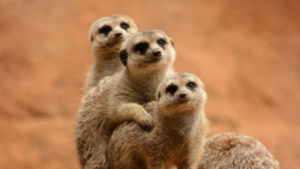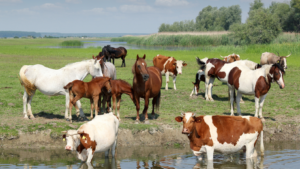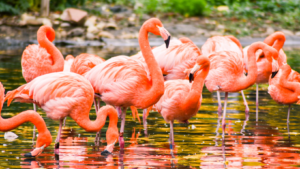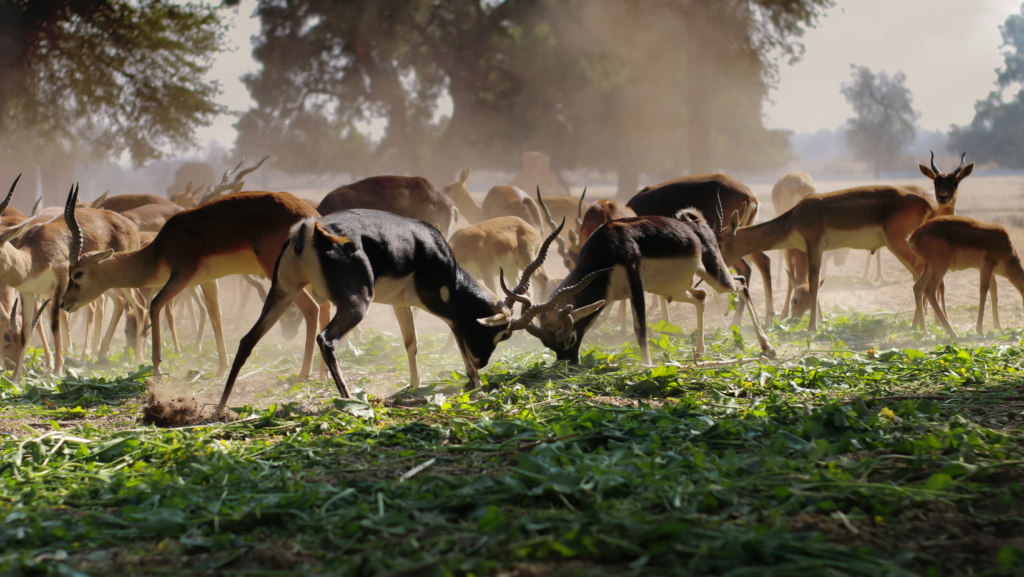In the vast tapestry of the animal kingdom, countless creatures captivate our imagination with their unique behaviors and fascinating traits. From the tiniest insects to the most majestic mammals, each species offers a glimpse into the wonders of nature. Among these intriguing beings are those that defy conventional understanding, sparking curiosity and wonder. Just as nature thrives on balance and structure, a practical parenting plan serves as a roadmap for caregivers, guiding them through the gaming complexities of raising children and ensuring that they meet the diverse needs of their family, much like the intricate relationships found in the animal kingdom.
Exploring the curious world of animals, one encounters a myriad of surprises and mysteries. Some species exhibit behaviors that seem to come straight out of a science fiction novel, while others possess adaptations perfectly suited to their environments. These remarkable traits not only highlight the diversity of life on Earth but also inspire awe and admiration for the natural world. In a similar vein, navigating a child’s best interests requires a keen understanding of their unique needs and circumstances, much like how animals adapt to their environments, ensuring that they thrive in a world filled with challenges and opportunities.
Animal:M1PW-L05VGS= Curiosidades

Animal:M1PW-L05VGS= shares a captivating array of traits and behaviors found in species worldwide. These animals demonstrate remarkable adaptation skills, reflecting evolution’s mastery over millions of years. Numerous researchers have classified these adaptations into unique categories.
Animals exhibit a range of characteristics uniquely adapted to their environments. Physical attributes like size, coloration, and appendages play vital roles in survival and reproduction. For example, the vibrant colors of certain frogs signal poison to potential predators, while the elongated necks of giraffes allow access to treetop foliage for feeding.
Behavioral traits often evolve to enhance survival. Migration patterns in birds, such as the Arctic tern’s annual journey between the poles, demonstrate a strategic response to seasonal changes. Social structures, such as those seen in wolf packs, optimize hunting efficiency and resource sharing.
Fascinating Curiosities
Exploring different species reveals unique and captivating behaviors in the animal kingdom. These fascinating patterns and habits shed light on adaptability and survival.
Unique Behavior Patterns
Certain species exhibit remarkable behavior patterns that captivate researchers. Dolphins, for example, demonstrate complex social interactions and have been known to use tools to hunt fish. Another fascinating behavior involves the collective movements of starlings during a phenomenon known as murmurations, where thousands of birds move in coordinated, wave-like patterns. Meerkats present another intriguing example as they employ sentinels to watch for predators while the group forages, showcasing their collaborative social structures.
Interesting Dietary Habits
Animal species often possess unusual dietary habits adapted to their environments. Pandas, despite being classified as carnivores, primarily consume bamboo, which makes up 99% of their diet. Meanwhile, some birds like the Egyptian vulture feed on ostrich eggs, using rocks to crack open the tough shells. Leafcutter ants cultivate fungi, using collected leaves as substrate in their nests. This remarkable symbiosis highlights the surprising ingenuity present in nature’s dietary strategies.
Role in the Ecosystem

Animals contribute significantly to ecosystem dynamics, maintaining balance through their interactions and environmental roles. Each species influences its surroundings in various ways.
Predation drives natural selection and regulates populations, keeping ecosystems stable. Mutualistic relationships, such as those between bees and flowering plants, enhance pollination and plant reproduction. Parasitic interactions, like those involving ticks and mammals, affect host health and population dynamics. Symbiotic partnerships, such as cleaner fish removing parasites from larger fish, facilitate mutual survival and health benefits.
Environmental Impact
Herbivores shape vegetation structures and biodiversity through grazing and seed dispersion. Apex predators regulate species diversity by controlling prey populations. Decomposers, like fungi and bacteria, recycle nutrients by breaking down organic matter, enriching soil fertility. Ecosystem engineers, such as beavers building dams, alter their habitats, creating new ecological niches and affecting water flow and availability.
Conservation Status

Conservation status offers insights into the survival prospects of different animal species. The International Union for Conservation of Nature (IUCN) maintains the Red List, categorizing species based on threat levels. Categories include Least Concern, Near Threatened, Vulnerable, Endangered, Critically Endangered, Extinct in the Wild, and Extinct. For instance, the African elephant is listed as Endangered due to habitat loss and poaching.
Numerous factors affect conservation status. Habitat destruction often leads to population declines. Deforestation, urbanization, and agriculture drastically reduce wildlife habitats. Overexploitation, such as overfishing and hunting, further threatens species survival. Climatic changes also impact genetic diversity and ecological balance, stressing animal populations worldwide.

